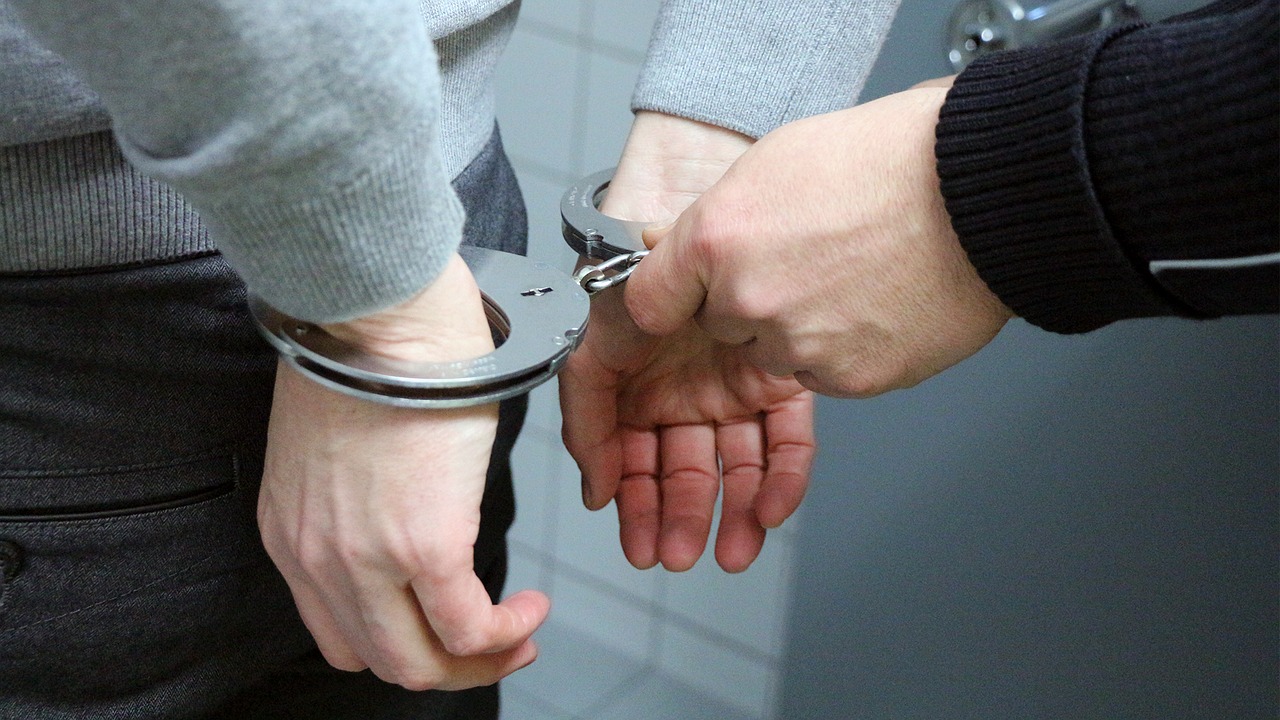In order to properly regulate and control the use of certain drugs, and to prosecute when they are used wrongly, the US organizes addictive drugs into schedules. Schedule I contains all drugs on the illegal narcotics list.
Illegal Narcotics List
While narcotics are technically opiate-based drugs, the U.S. federal government defines narcotics as any type of drug that carries a high addiction potential. Though not all narcotics fall under the “illegal” category, the illegal narcotics list contains some of the most powerful drug agents known to man. Because of their high potency, the government has attached certain conditions that affect the use, manufacture and distribution of any drug listed on the illegal narcotics list.
Controlled Substances
Within the United States, any drug that carries addictive properties qualifies as a controlled substance under the law. According to the U.S. Drug Enforcement Administration, controlled substances consist of five different drug categories or schedules: Schedule I, Schedule II, Schedule III, Schedule IV and Schedule V. The categories are arranged according to addictive potential with Schedule I containing the most addictive drugs and Schedule V containing the least addictive drugs.
Schedule I consists of any and all drugs appearing on the illegal narcotics list. Schedule I drugs have one other characteristic in common: none of the drugs on the illegal narcotics list have any accepted medical use as treatment medications within the United States. In effect, drugs included on the illegal narcotics list have three things in common:
- High addictive potential
- No acceptable medical use
- High abuse potential
The high abuse potential of illegal narcotics list drugs has to do with the general effects they have on a person’s brain chemical processes. These drugs tap directly into the brain’s reward system, while triggering massive neurotransmitter chemical secretions. The pleasurable effects experienced from these neurotransmitter secretions drive a person to keep taking the drug. Over time, the brain becomes less and less sensitive to the drug’s effects, which incites users to take increasingly larger doses. The overall effect leaves users completely at the mercy of the drug.
Illegal Narcotics List
Even though drugs included in the illegal narcotics list have no accepted medical uses, they’re actually not that much different in chemical structure compared to narcotics that do have accepted medical uses. For example, morphine (a medical treatment drug) and heroin (an illegal narcotic) are almost identical in chemical structure; however, heroin is three times more potent than morphine. Illegal narcotics list drugs differ in that their potency exceeds federal safety requirements for treatment drugs.
Here are a few of the drugs included on the illegal narcotics list:
- Heroin
- LSD
- Ecstasy
- Peyote
- Methaqualone
Conditions
Federal regulations assign certain conditions regarding the use, possession and distribution of illegal narcotics list drugs. As all of the drugs on the list are illegal, certain penalties apply in cases where someone gets caught with an illegal drug.
The type of penalty assigned depends on:
- The quantity of drug involved
- The type of drug
- The location a person gets detained in
- Whether a person has a prior history of drug-related arrests
Similar penalties apply for groups of people involved in networks or drug rings.
When all is said and done, the law makes absolutely no exceptions for illegal narcotics list drugs when violations occur.
If you need help overcoming an addiction to narcotics, call 800-934-1582(Sponsored) now to learn about your treatment options and get the help you need.
the Take-Away


